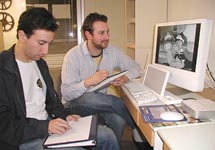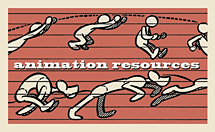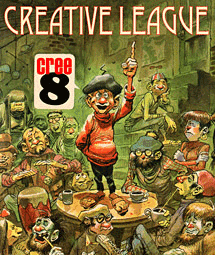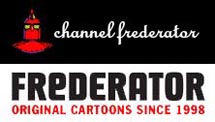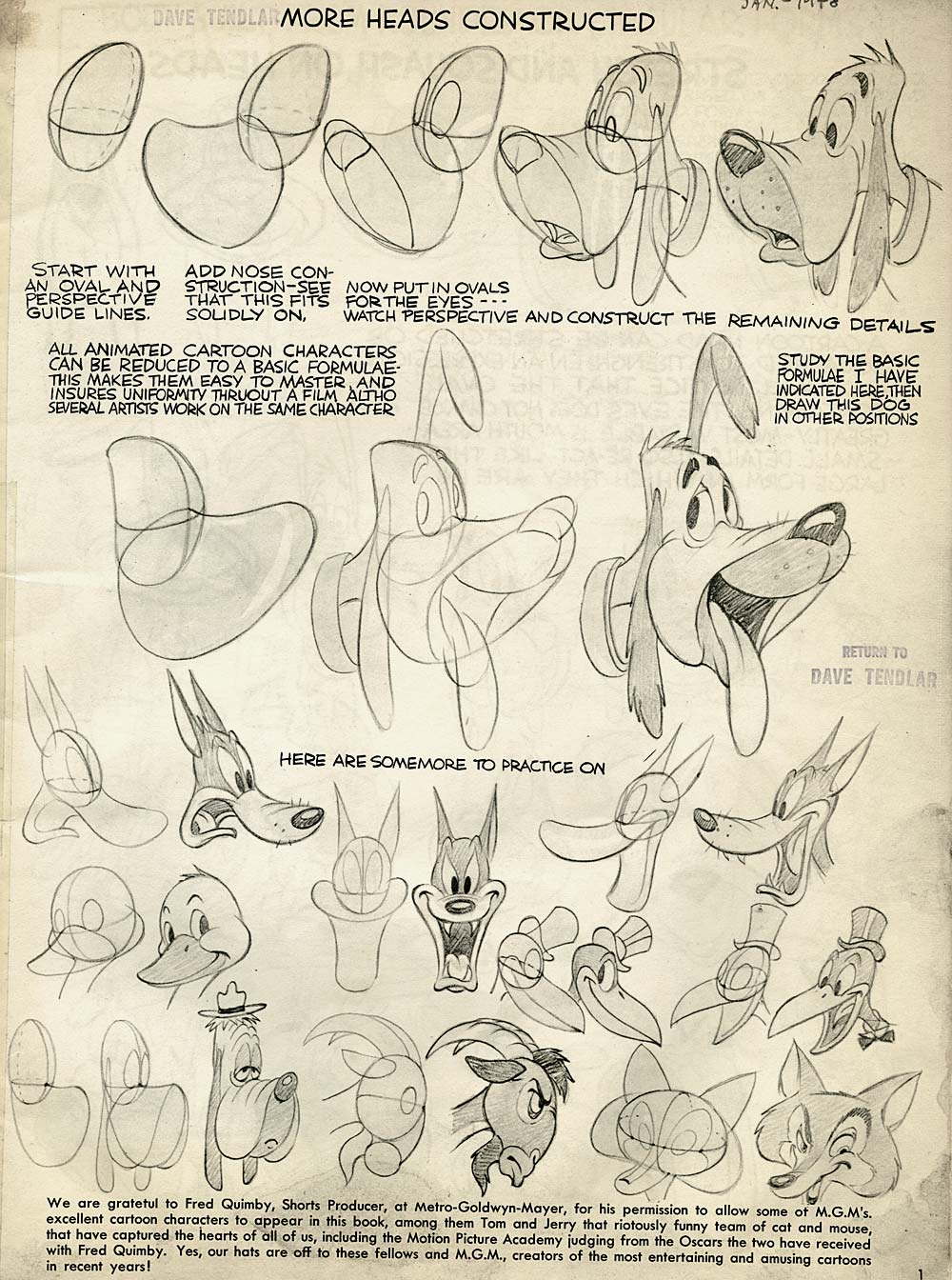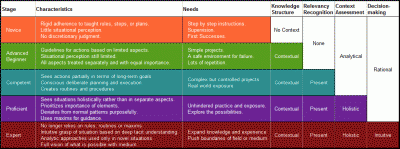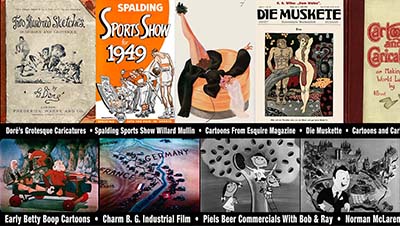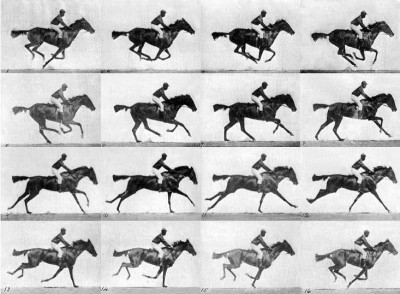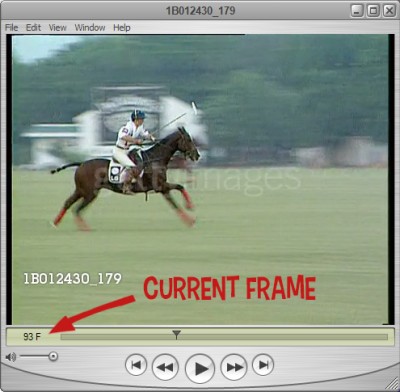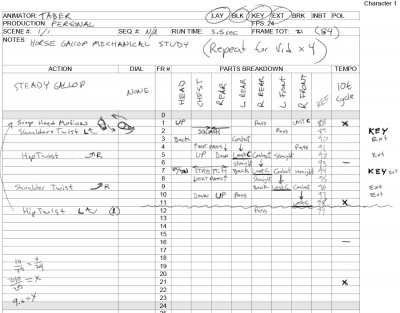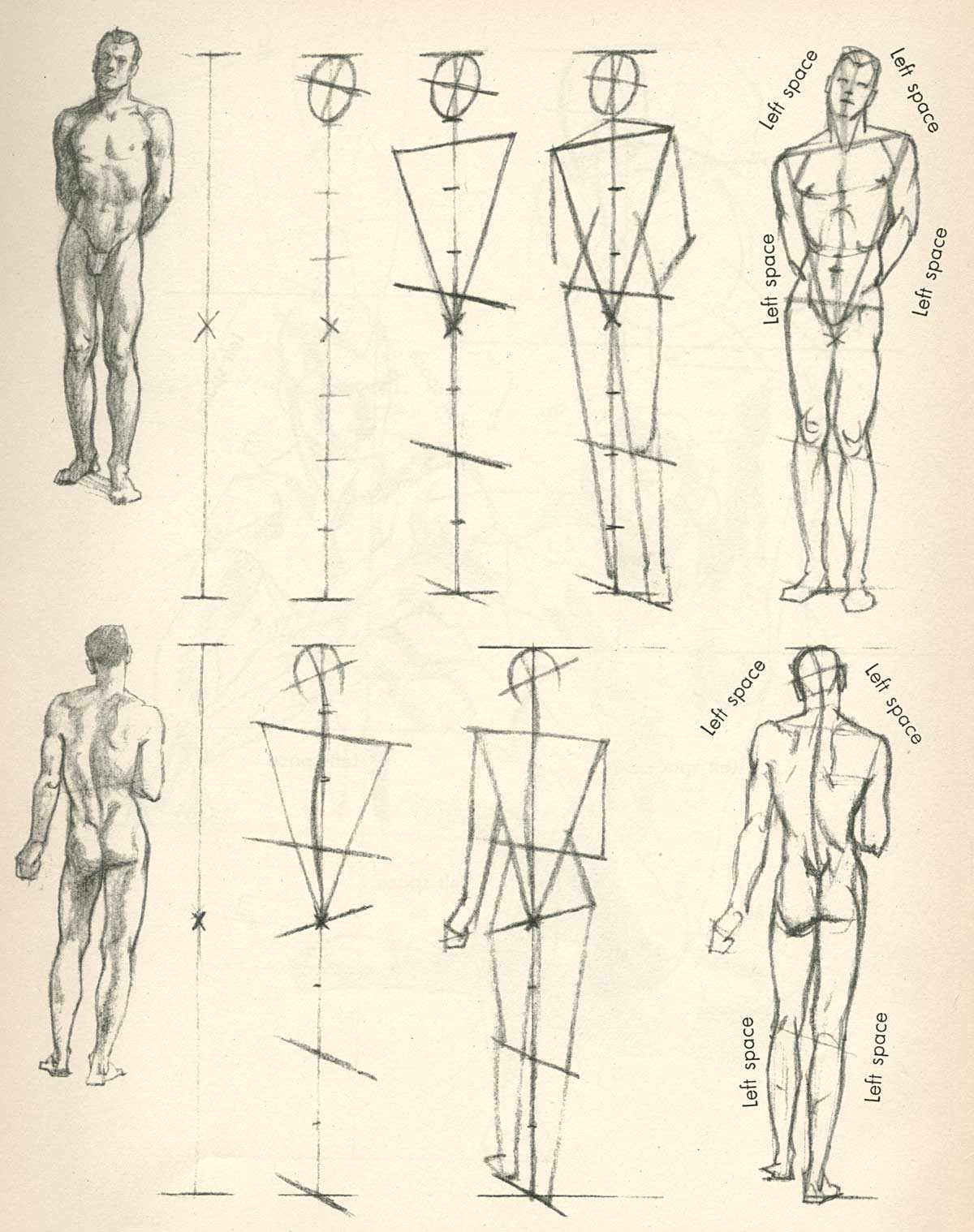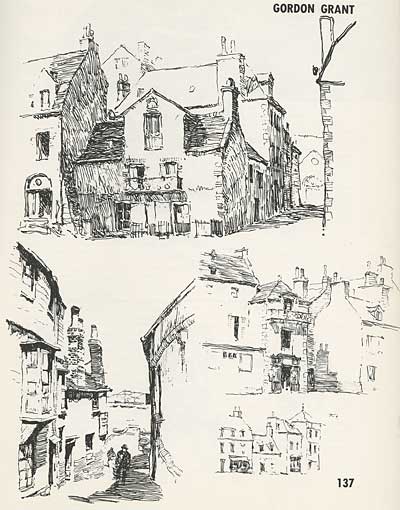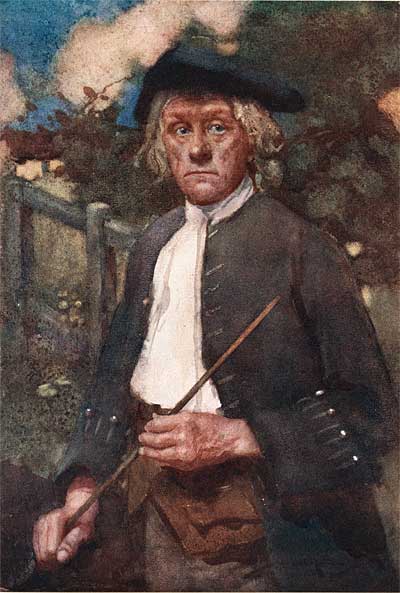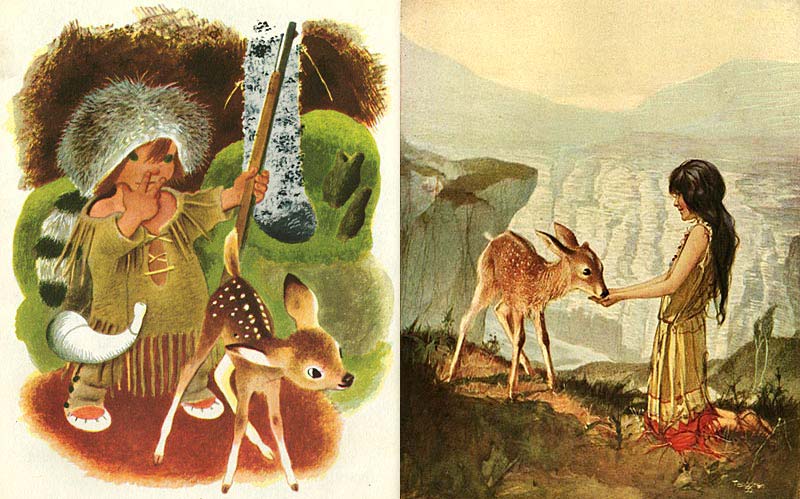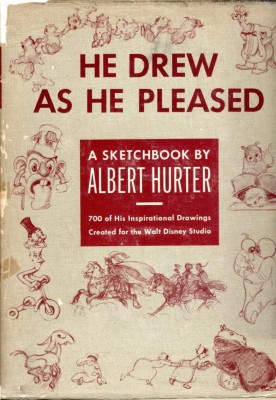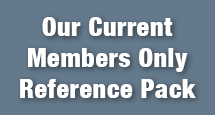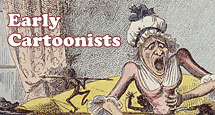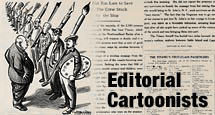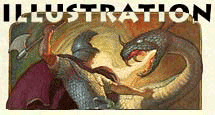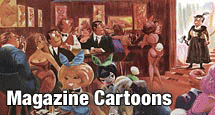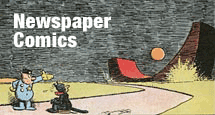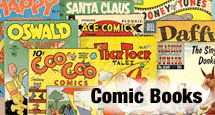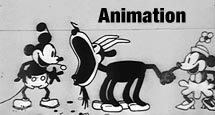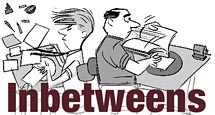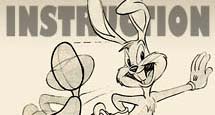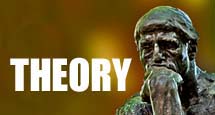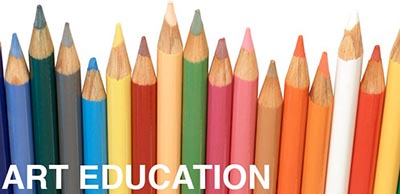
Hello everyone I’m Taber, Vice President of Animation Resources. I’m going to be making a series of posts focused on the more academic side of artistic instruction and learning in general. This sort of information can be helpful to both teachers and students as you push yourself to improve and practice your discipline.
As a beginning artist it can often be difficult to objectively judge your own progress or the quality of your own work. Being able to place yourself in an accurate position of skillfulness can help you to recognize your past growth and current deficiencies so you can better target areas for improvement. But what if you can’t tell exactly what the differences are between your work and the work of more highly skilled artists?
The Dreyfus model focuses on work practices and approaches as a measure of skill acquisition. This can be helpful to both students and instructors as it tends to be entirely non-judgmental and easy to identify objectively. The model uses four qualities to determine work habits:
- Recollection (non-situational or situational)
- Recognition (decomposed or holistic)
- Decision (analytical or intuitive)
- Awareness (monitoring or absorbed)
These attributes stack one at a time to provide a framework for evaluation:
(click image to enlarge)
For an accurate measurement, ask yourself these questions regarding the above attributes. Because some of these attributes can flip between a more advanced and a less advanced state, I recommend relying on the lower state. For an example if you were trying to decide if you are an intuitive decision maker, or a rational decision maker but you do both part of the time, put yourself down as rational as a rule of thumb.
- When you recall knowledge about the subject, is it always in a related context with other information, or is it sometimes rote memorization?
- While thinking about an aspect of the subject, can you clearly distinguish between relevant and irrelevant aspects of the work, or is it sometimes difficult to tell what’s important?
- When planning your own work, do you need to carefully and analytically lay out the steps beforehand or can you see the entire project as a whole task?
- When making decisions in your work, do you have to do any problem solving, or do the answers come to you intuitively, without effort most of the time?
Once you’ve answered these four questions, find the lowest tier which corresponds to your answers, even if you choose an attribute from a higher tier. Read the Needs column from the above chart and try to focus your learning on the types of practice listed in that section. Don’t cheat yourself by practicing projects which are too complex or unstructured! That sort of practice is really only for very highly skillful artists.
This system is similar to the surface to core concept illustrated by Scott McCloud in his book Understanding Comics which I highly recommend! In the book, McCloud describes how a person who is initially drawn to be a fan of an art-form must undertake a journey to the core of that medium before being able to master and thus give back to that medium.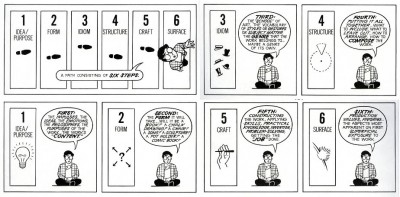
Additionally, this same artist’s journey from surface to core is echoed in much of the advice and instructional material given to artists throughout time, from Zim to Richard Williams. In essence, this is what an “old masters” approach is. This struggle is ultimately the best way to gain skill in an artistic medium, however it is difficult and it does take time.
“Nobody tells this to people who are beginners, I wish someone told me. All of us who do creative work, we get into it because we have good taste. But there is this gap. For the first couple years you make stuff, it’s just not that good. It’s trying to be good, it has potential, but it’s not. But your taste, the thing that got you into the game, is still killer. And your taste is why your work disappoints you. A lot of people never get past this phase, they quit. Most people I know who do interesting, creative work went through years of this. We know our work doesn’t have this special thing that we want it to have. We all go through this. And if you are just starting out or you are still in this phase, you gotta know its normal and the most important thing you can do is do a lot of work. Put yourself on a deadline so that every week you will finish one story. It is only by going through a volume of work that you will close that gap, and your work will be as good as your ambitions. And I took longer to figure out how to do this than anyone I’ve ever met. It’s gonna take awhile. It’s normal to take awhile. You’ve just gotta fight your way through.” -Ira Glass
I have some personal theories about the types of artistic practice activities which benefit artists the most when trying to improve aspects of their work, and I’ll be talking about that next time!
Right now, it’s Back To School time at Animation Resources, and for the next two weeks we will be sharing reasons why students and educators should be a member of our important project. There is no better way to feed your creativity than to be a member of Animation Resources. Every other month, we share a Reference Pack that is chock full of downloadable e-books and still framable videos designed to expand your horizons and blow your mind. It’s easy to join. Just click on this link and you can sign up right now online…
JOIN TODAY!
https://animationresources.org/membership/levels/
FREE SAMPLES!
https://animationresources.org/join-us-sample-reference-pack/
Not Convinced Yet? Check out this SAMPLE REFERENCE PACK! It will give you a taste of what Animation Resources members get to download every other month!

